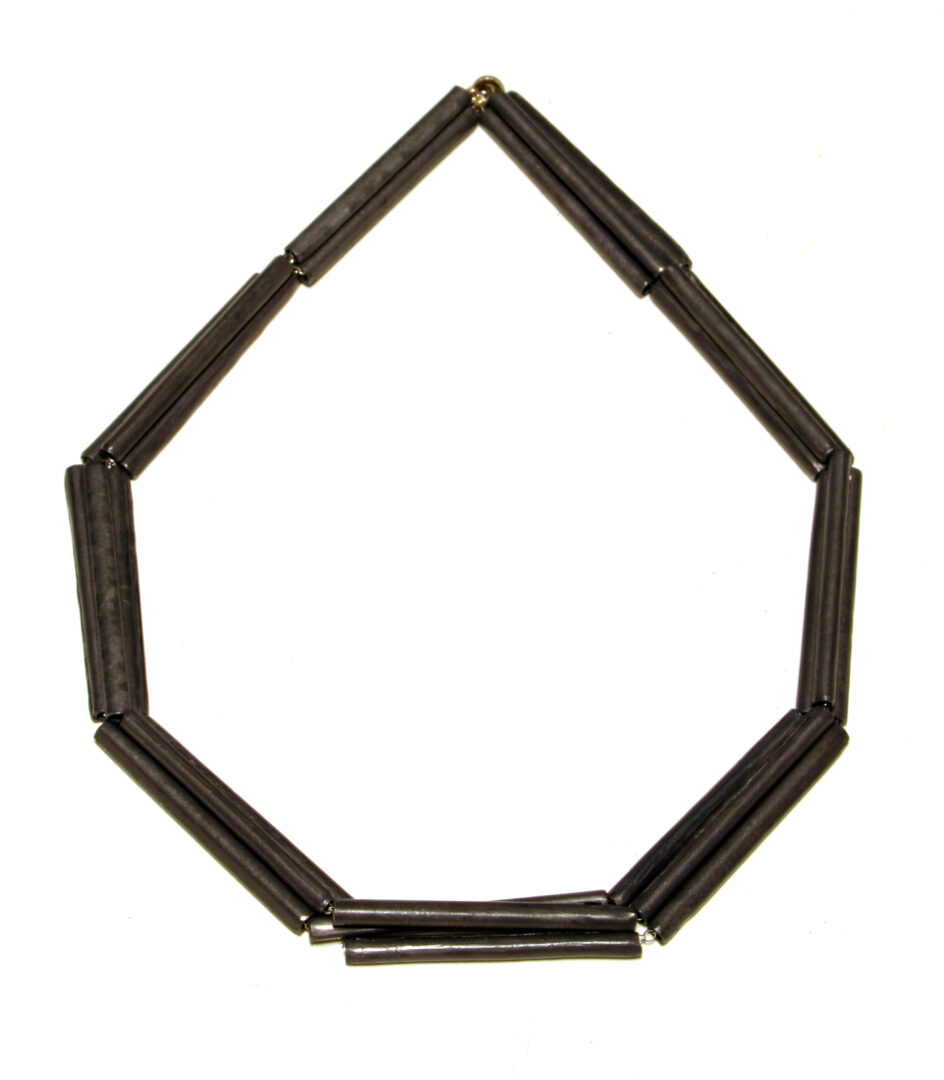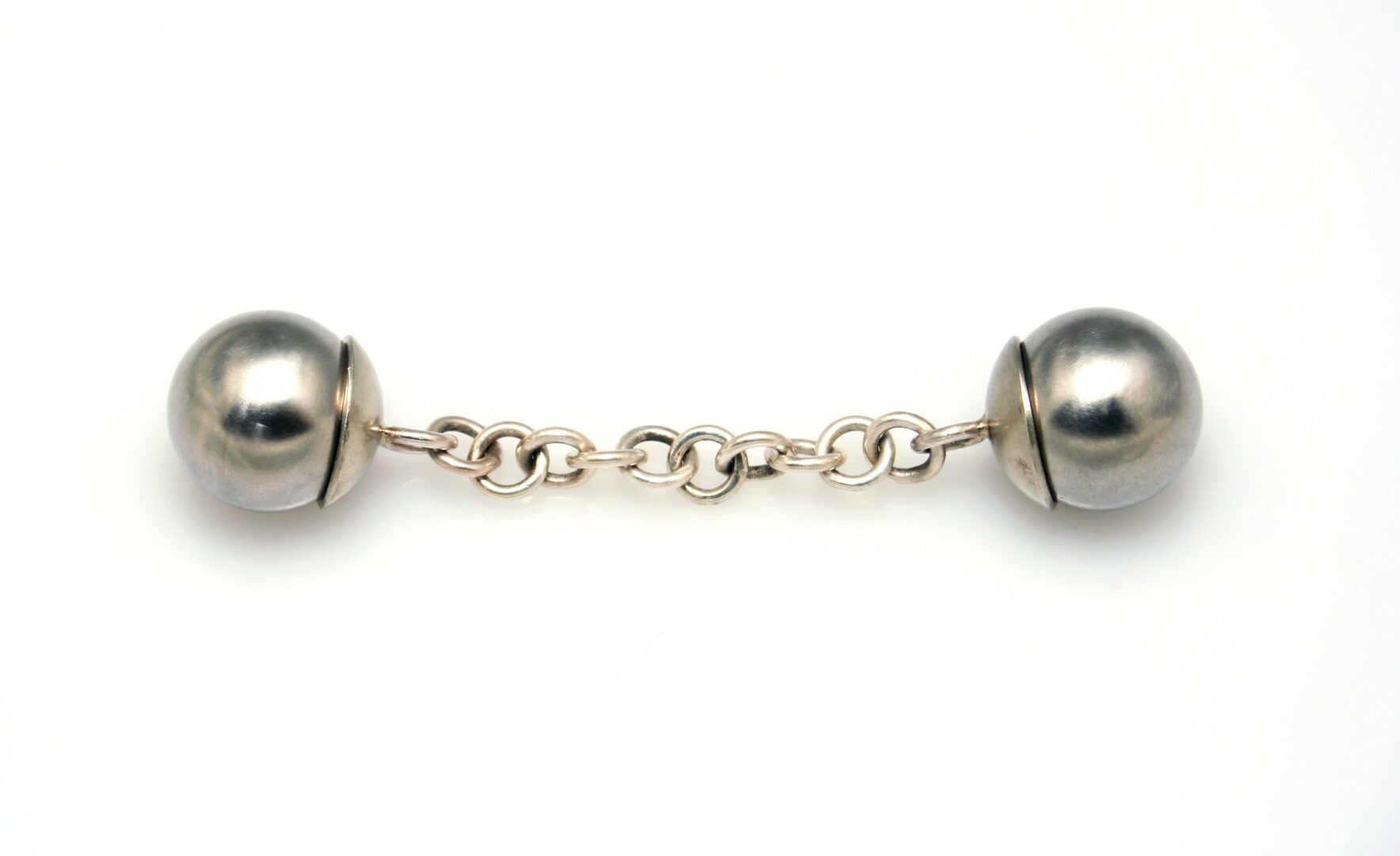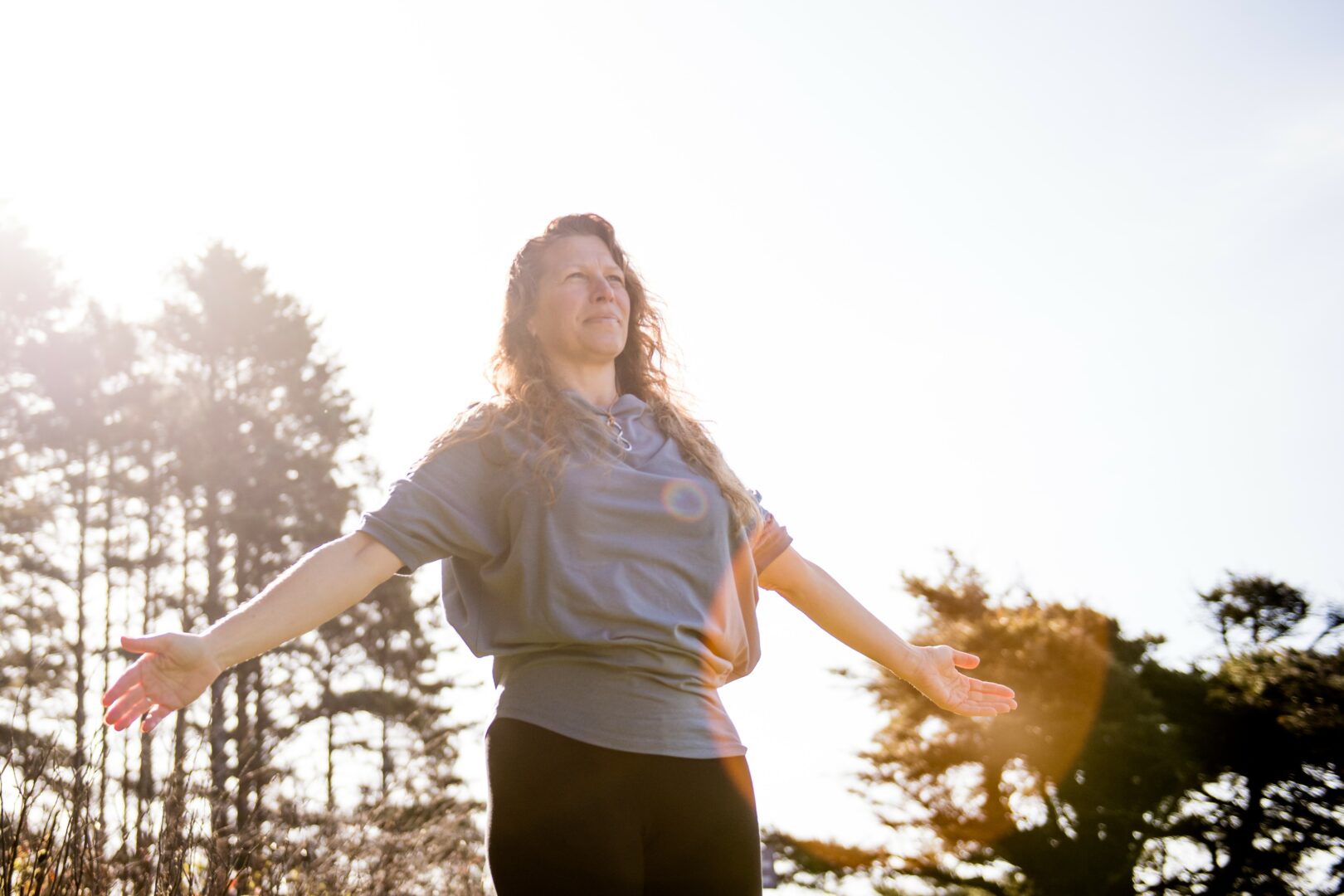Alright – so today we’ve got the honor of introducing you to Vivienne Varay. We think you’ll enjoy our conversation, we’ve shared it below.
Vivienne, so excited to have you with us today. So much we can chat about, but one of the questions we are most interested in is how you have managed to keep your creativity alive.
Conflict tends to trigger my creative impulses.
Not just emotional conflict, but the kind that creeps in during conversations, when someone shares an outdated idea of what makes art “good.” Or when I’m working with a material that carries complicated history—like an old mink coat I was given as a child. Or when I feel the pressure to make work that looks or functions a certain way. Those moments of tension are where my ideas start.
I’ve always leaned toward an interdisciplinary studio practice, and I don’t have much interest in traditional boundaries or hierarchies between materials, mediums, or methods. Lately, I’ve been working on a 3D model of an oversized ring that’s meant to be worn around the neck. It’ll be covered in 24k gold leaf, deliberately referencing the aesthetics of luxury, but also challenging what adornment is supposed to be. It’s a subtle critique of who defines value in the world of art jewelry and a reminder that form, function, and symbolism are always in conversation.
I keep my creativity alive by engaging with materials that hold this type of tension.
Before starting new work, I reorganize and clean my studio. I don’t sketch or write as much these days. I spend more time handling materials, visualizing forms, and working from memory or sensation. I’m often trying to translate a feeling into a physical object, especially one that interacts with the body.
Since finishing my MFA, I’ve let go of the need to “perform” creativity. My process has become more intuitive over the years. I trust the work to unfold by engaging with it directly, instead of over thinking it. If I feel stuck, I take a break or work on something else.
I also stay inspired by artists who work with nontraditional materials or found objects. I am interested in how people build meaning through unexpected materials or subtle gestures. I’m less drawn to perfection and more interested in process, distortion, and personal logic.

Great, so let’s take a few minutes and cover your story. What should folks know about you and what you do?
I’m an interdisciplinary artist with a focus on material culture, jewelry, and adornment. My work engages ideas around beauty, social hierarchies, and luxury. What drives my practice is the ability to translate a feeling, particularly discomfort, into physical form. I’m especially interested in how wearable objects can reflect emotional tension through texture, scale, and weight. I tend to show my work in exhibitions and try to participate in the local arts community as much as I can.
Outside of my studio, I’m an Assistant Professor at Washington State University in the Department of Digital Technology and Culture. I teach digital media tools like animation, social media marketing, and graphic design. This often influences how I think through material and narrative, even if these tools don’t always appear directly in my object work. Lately, I’ve been creating small graphic design projects as a way to stay creatively active while transitioning back into full studio production. Over the last few months I have been rebuilding my studio practice with new materials and exploring new processes for object-based work. I’m interested in pushing further into the overlap between digital tools and traditional adornment, and I’m excited to see how that unfolds.

Looking back, what do you think were the three qualities, skills, or areas of knowledge that were most impactful in your journey? What advice do you have for folks who are early in their journey in terms of how they can best develop or improve on these?
Looking back, one of the most impactful shifts I made was learning to accept time off as part of the creative process. As a professional artist, making and producing are important, but so is the time between projects. I have come to value everyday aesthetic experiences, quiet observations, and simply paying attention to how I move through the world. Those moments are just as creatively necessary as studio time.
Another major change in my journey happened about five years ago when I began letting materials guide more of the decision-making in my work. That shift from controlling everything to responding deepened my relationship with my process. It taught me to listen to the physicality of materials, to let meaning emerge through form, and to stay open to surprise.
Finally, one of the hardest and most important lessons has been learning to stay focused on my own goals without falling into the trap of comparison. When you are no longer part of an institution or critique structure, it is easy to look around at what other artists are doing, what is trending, and what is getting attention. But real growth comes from committing to your own voice. That means staying humble, staying curious, and resisting the pressure to constantly perform or compete.
My advice to others, especially early-career artists, is to build habits that protect your perspective. Make space for reflection. Let the materials challenge you. And do not underestimate the value of stepping back. That pause is often where the real insight begins.

How would you spend the next decade if you somehow knew that it was your last?
This is an interesting question, especially because I have recently started researching how we create objects in response to death. The idea that materials carry their own lifespan and eventually deteriorate feels very connected to the kind of work I make. I tend to use organic materials, and they are not built to last forever. There is something honest about that.
If I knew I had only a decade left, I do not think I would change much. I would continue making work, maybe even more provocative and personal, but I would work less for others and more for myself. I would fall deeper into the parts of my life that bring me comfort and clarity. I deeply enjoy being domestic. Making a home, cooking, cleaning, and surrounding myself with the things and people I care about are most important to me.
I would also spend more time with my husband and my cats. I have grown to love being a homebody. Isolation is something that once felt like a challenge, but now it feels like a kind of sanctuary. If I had ten years left, I think I would just be more intentional with my time, my materials, and the relationships and routines I choose to nurture.
Contact Info:
- Website: https://www.viviennevaray.com
- Instagram: https://www.instagram.com/viviennevaray/
- Linkedin: https://www.linkedin.com/in/vivienne-varay-628a28380

so if you or someone you know deserves recognition please let us know here.




